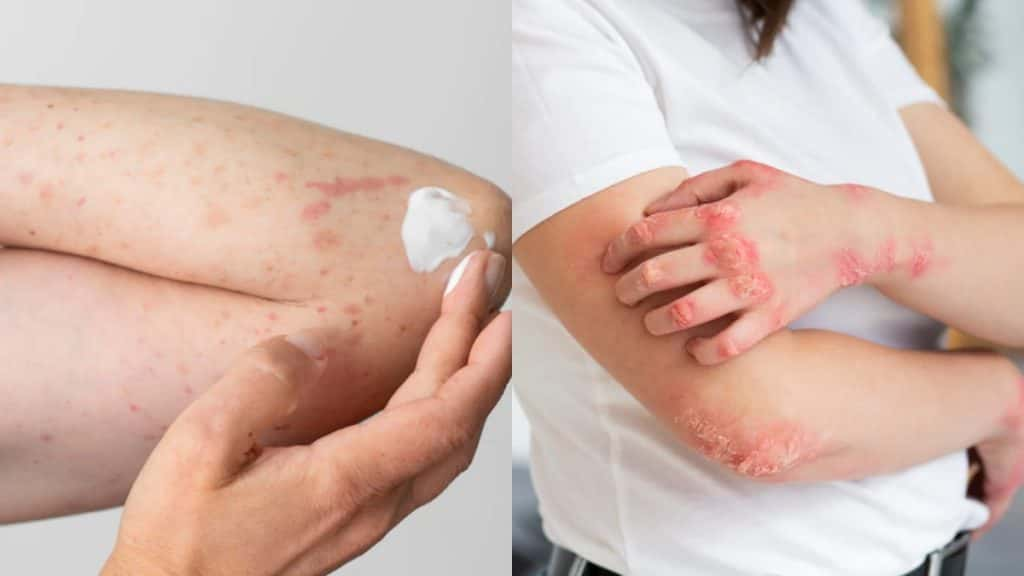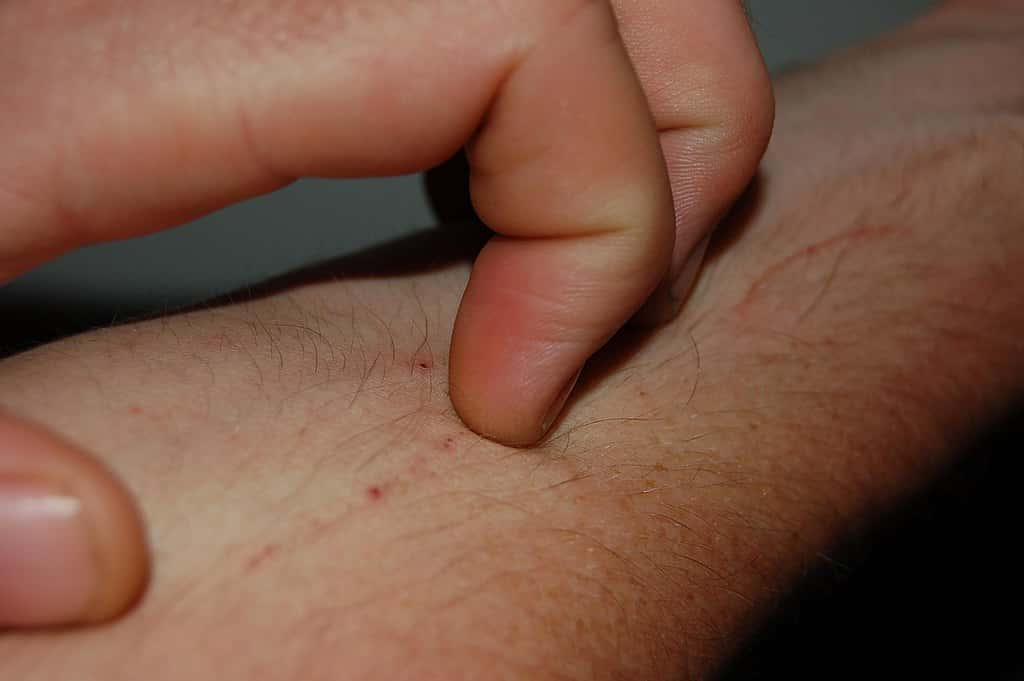Here’s how winter itch symptoms can increase the risk of having worse and more severe health conditions.

Winter Itch Symptoms Increase Risk of Severe Skin Diseases and Other Underlying Health Conditions
The winter itch symptoms could increase the risk of getting severe skin diseases and other underlying health conditions, wherein the winter itch symptoms appear and worsen during winter and are usually gone during summer, which explains its name.
According to a report published in Health Digest, the winter itch symptoms include redness, itching, cracking, and even bleeding of the skin due to lack of moisture and cold weather, affecting elderly people vulnerable to experiencing winter itch symptoms.
With the winter itch symptoms, vulnerable groups could affect most parts of their bodies, such as thighs, calves, and ankles, leading to severe infections and diseases; however, winter itch symptoms could not affect the face and feet.
READ ALSO: Healthy Gut Microbiome Key In Preventing Childhood Allergies And Asthma, New Study Reveals
Things to Remember to Treat and Lessen Risks of Getting Winter Itch Symptoms and Other Severe Skin Conditions
Following the increasing risks of getting winter itch symptoms and other severe skin conditions, there are things to remember to treat and lessen the risks, including keeping showers short and warm and eating healthy food rich in water, such as watermelon and cucumbers.
You should also wear gloves and keep your skin moisturized to prevent having winter itch symptoms, but you should contact health professionals to ensure you are getting the right treatment, Very Well Health reported.
READ ALSO: Poor Socioeconomic Status In Neighborhoods Can Impact How Your Brain Functions – Here’s Why




